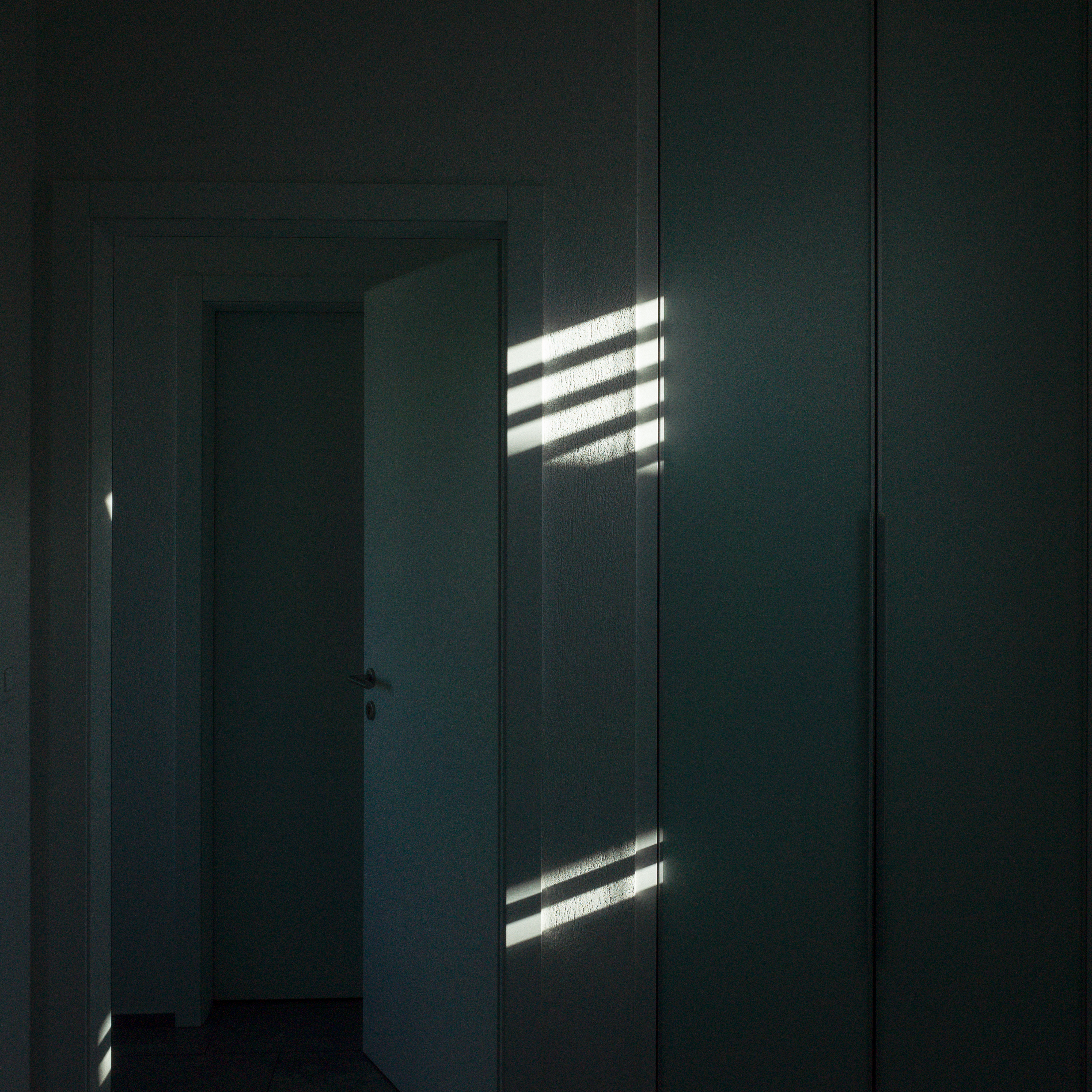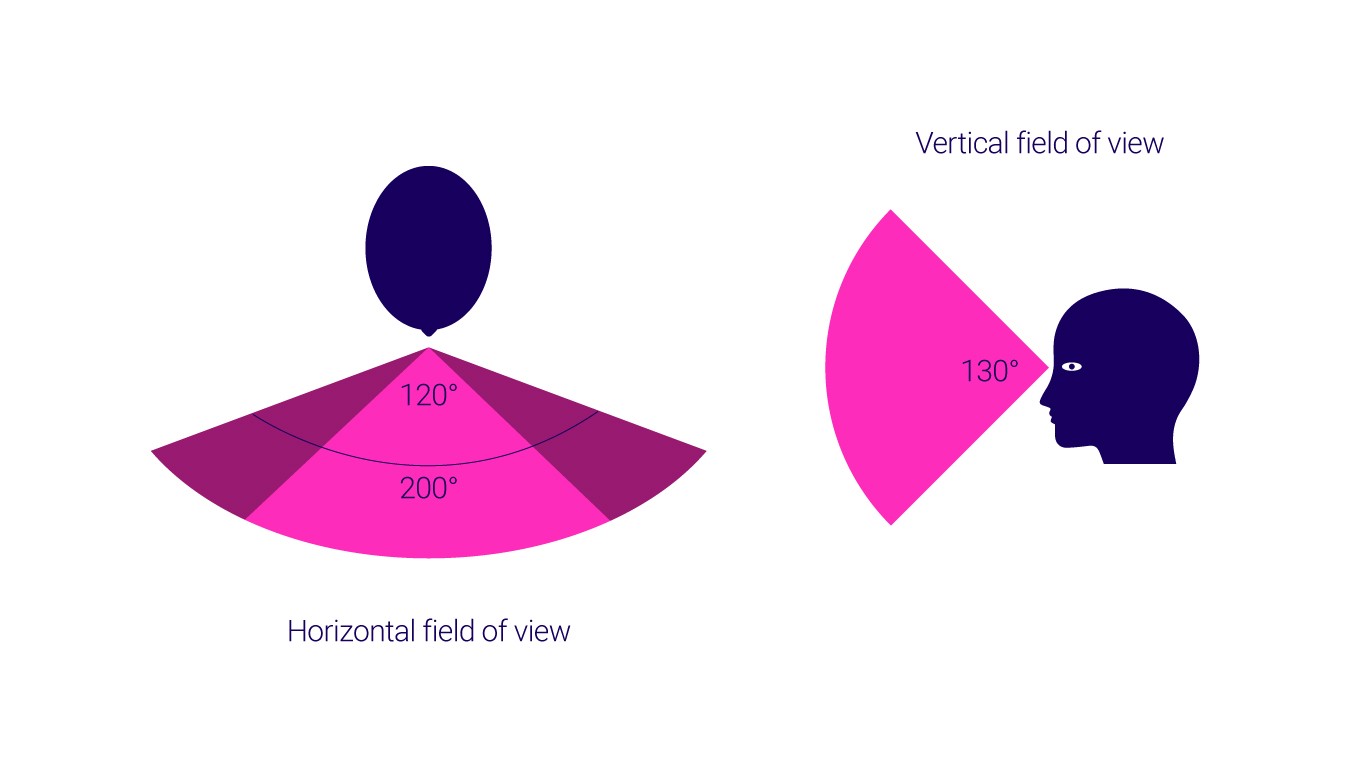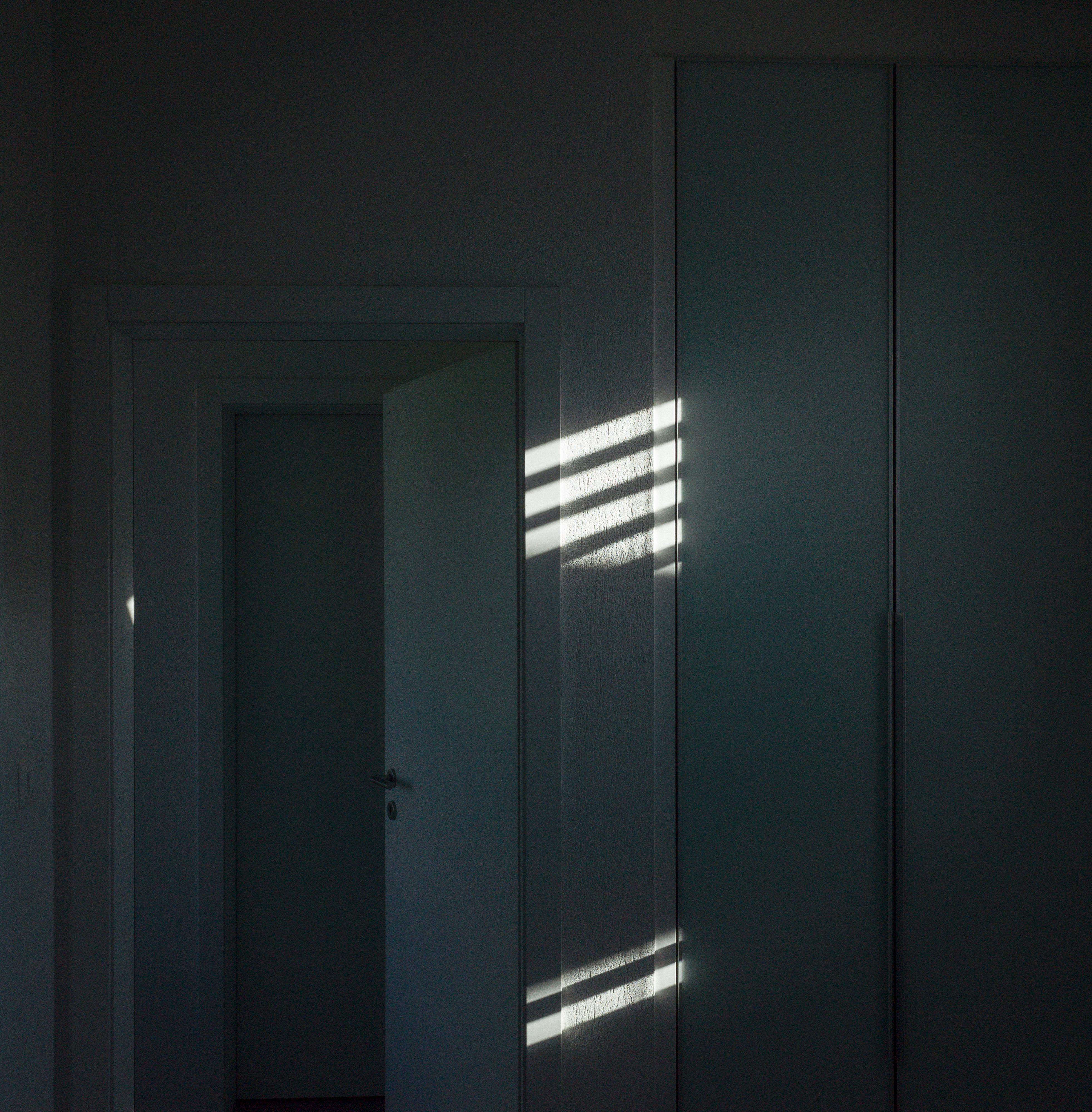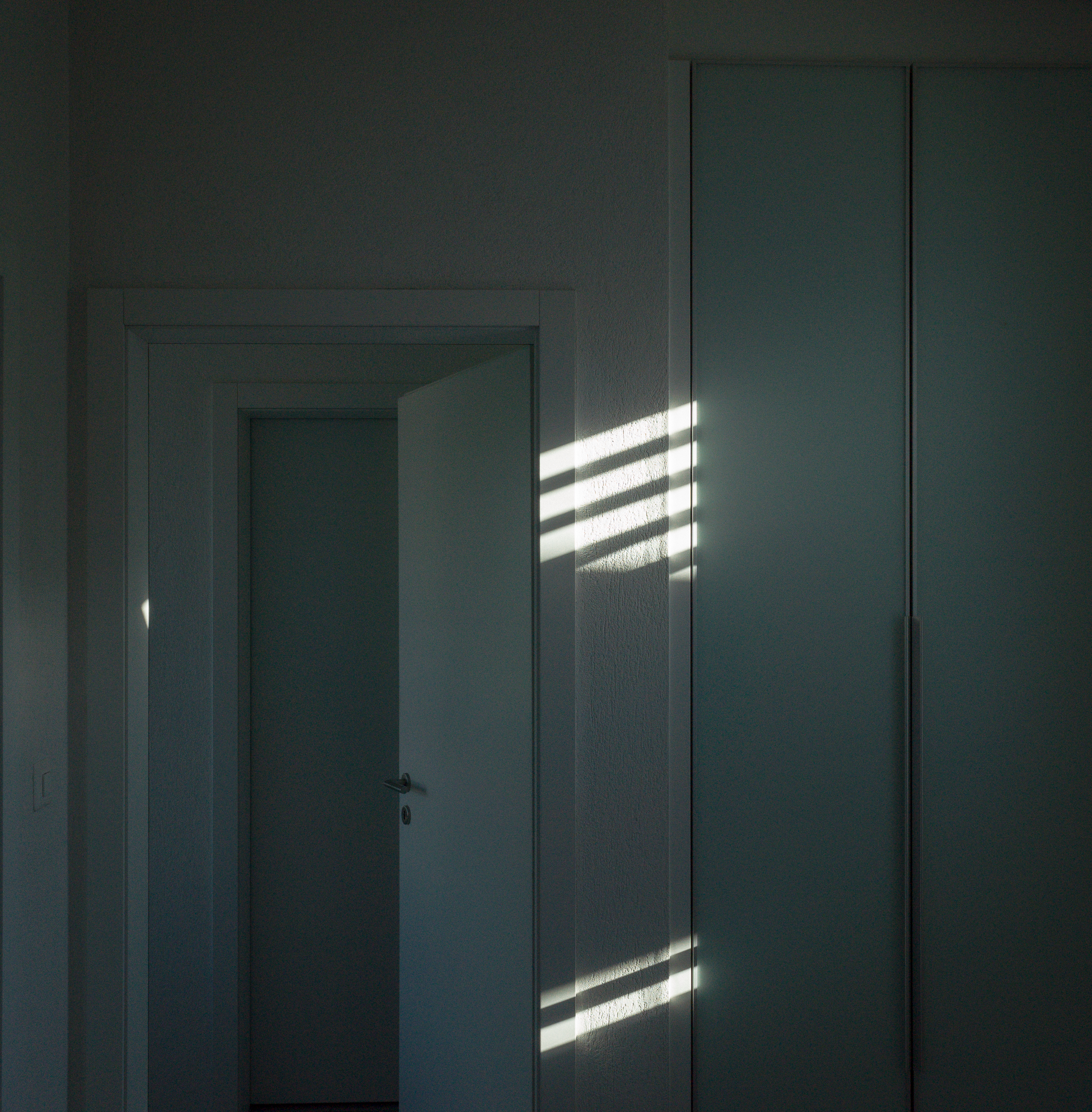Why square is one of the best balanced image formats in my eyes – and some semi-scientific research about it.

Am I the only one who loves the square format? Is it because of my beloved Hasselblad, Pentax 6×7 or Mamiya 7 II – they are still in use, the Hasselblad and the Mamiya even more! – or am I a victim of Instagram? I love the square format – but every modern digital camera’s standard aspect ratio is either 3:2 or 4:3 – and yes, of course you can set it to square. Square? Who shoots square? In fact, many people do not like square.

Nevertheless I often set my RICOH GR II to square – in my eyes it looks naturally balanced and helps guiding the observers eye. Of course I am not too strict about this rule – the final aspect ratio depends on the subject, I know. But in general I love ‘squares’.
Is it only a matter of taste? Is it just me? I wanted to know and did a short online research about the human eye and the human field of view (FOV).
How do we see things?
Human field of view (FOV)
The field of view (FOV) is defined as
… the total angular size of the image visible to both the eyes. On an average, the horizontal binocular [human] FOV is 200 deg out of which 120 deg is a binocular overlap. The binocular overlap is especially important for stereopsis […]. The vertical [human] FOV is approximately 130 deg.
Source and (c) uxdesign.cc

So it seems the human field of view is similar to a slightly excentric oval eclipse, see below.
![Abbildung 17.3: Zentrales und peripheres Gesichtsfeld des Menschen [41]](https://www.researchgate.net/profile/Baris_Aykent/publication/259216281/figure/fig5/AS:669389011578917@1536606185755/Abbildung-173-Zentrales-und-peripheres-Gesichtsfeld-des-Menschen-41.png)
If we compare the above figure to the common aspect ratios of photographic images, square format (1:1), 6:7 (or better 7:6) or even 4:3 will fit the human field of view much better than the standard 3:2. So why always shoot in 3:2?
3:2 is much too wide. In my opinion.
I do not know why modern smartphone and display manufacturers tend to go even wider than 3:2 with their displays. Is it due to the cinema movie formats (16:9 and 21:9)? Or is it due to usability concerns holding a large phablet-style smartphone one-handed?
Please let me know: What image format is your favorite?
Images: Ricoh GR II, GR Lens f=18.3 mm 1:2.8. .DNG RAW format. Edited in Adobe Photoshop Lightroom.
Did you like this blog post?
Thank you for your comments!
Your comment in the comment section below is highly appreciated, thank you!
Home
Thank you for reading.
You can sign up for my newsletter here.





Interesting to see that also the large format aspect ratio of 4×5 inchs is close to the human field of view. I’d say this is my favourite, allthough not easy to shoot on film.
Thank you Stefan, you’re right. 4×5″ must be fantastic – I never tried it, but I use my Medium Format analog film cameras a lot. Thank you for reading and commenting on my blog and for taking your time! Christian
3:2 finde ich auch viel zu breit. Seltsam ist, dass die Ricoh GR III nur noch das 3:2 und 1:1 Format hat. Ich vermisse das 4:3 Format.
Hallo Thomas, vielen Dank – ja schade. Für mich dürfte es quadratisch sein, oder 4:3. Meinetwegen könnte die Option 3:2 auch vorhanden sein. Aber du wirst sehen, der intensive Mediengenuss der Allgemeinheit führ noch dazu, dass wir schlussendlich 18:9 oder 21:9 fotografieren 😉 – also immer Panorama. Dann aber ohne mich, bis dahin habe ich mein eigenes Digitalback gebaut 😉 Vielen Dank nochmals!